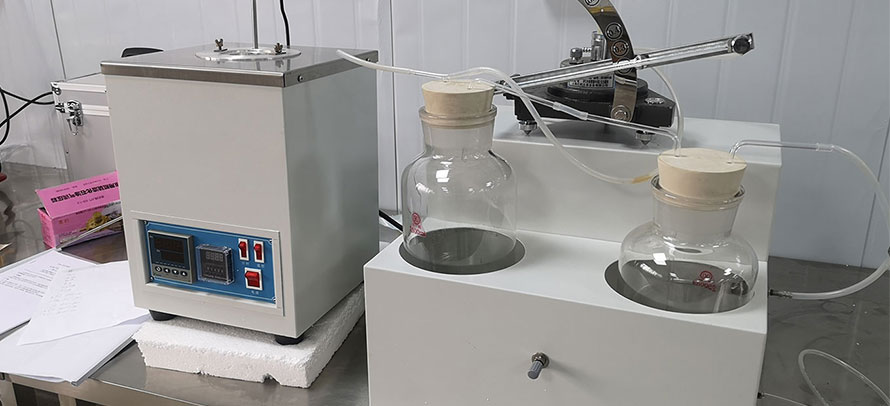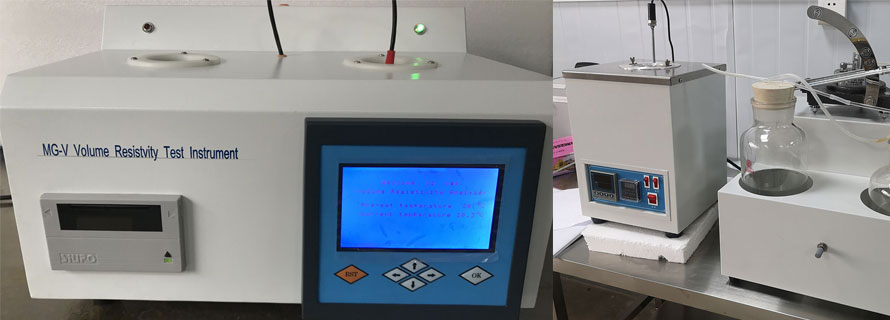Transformers are vital components in both the transmission and distribution of electrical power. The early detection of incipient faults in transformers is extremely cost effective by reducing unplanned outages. The most sensitive and reliable technique used for evaluating the health of oil filled electrical equipment is dissolved gas analysis (DGA).
Insulating oils under abnormal electrical or thermal stresses break down to liberate small quantities of gases. The qualitative composition of the breakdown gases is dependent upon the type of fault. By means of dissolved gas analysis (DGA), it is possible to distinguish faults such as partial discharge (corona), overheating (pyrolysis) and arcing in a great variety of oil-filled equipment.
Information from the analysis of gases dissolved in insulating oils is valuable in a preventative maintenance program. A number of samples must be taken over a period of time for developing trends. Data from DGA can provide
1. Advance warning of developing faults;
2. A means for conveniently scheduling repairs;
3. Monitor the rate of fault development.
Note: A sudden large release of gas will not dissolve in the oil.
Gas Chromatography
By separating and quantifying (measuring) the gases found dissolved in the oil, the specialist can identify the presence of an incipient fault (early warning).
The amounts and types of gases found in the oil are indicative of the severity and type of fault occurring in the transformer.
The separation, identification and quantification of these gases requires the use of sophisticated laboratory equipment and technical skills and therefore can only be conducted by a suitably equipped and competent laboratory.
Other higher hydrocarbon gases are produced, but these are not generally considered when interpreting the gas analysis data.
Test method: IEC 567

